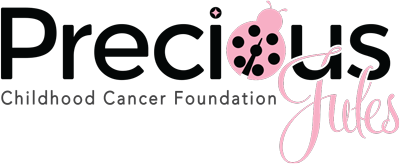2024 GRANT FUNDING OPPORTUNITY IN PEDIATRIC ONCOLOGY
LETTER OF INTENT (LOI)
Open April 30th 2024 through May 31st , 2024, at 5 p.m. ET (2 p.m. PT)
PJCCF Review of LOIs: May 31st , 2024, through June 15th, 2024
Notification for Full Application: June 16th, 2024
FULL APPLICATION
(For those invited to apply based on the Letter of Intent)Open June 16th, 2024, through July 30th, 2024
Final Application Due: July 30th, 2024 at 5:00 p.m. ET (2:00 p.m. PT)
PJCCF Review of Applications: July 31st, 2024 through August 31st, 2024
Selection of Recipient and Notification after September 3 rd, 2024
START OF GRANT TERM
November 1st, 2024
GRANT AWARD: Up to $50,000
